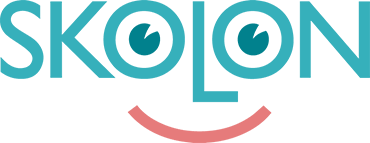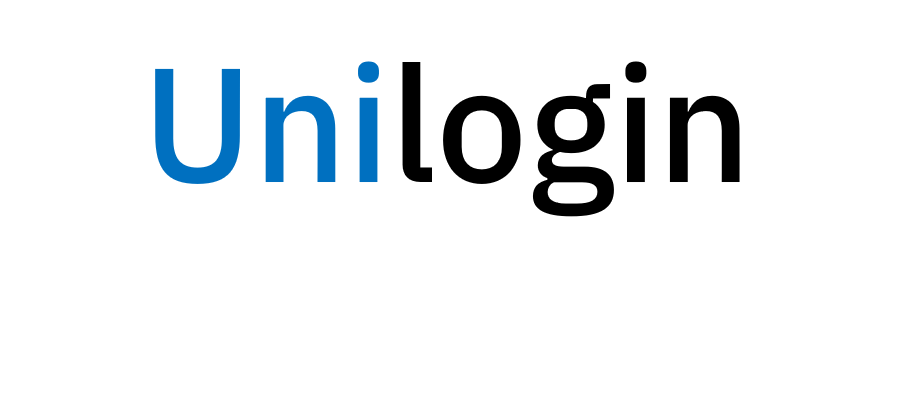The latest research from MDR among educators, stresses the importance of shifting educational paradigms from traditional, test-centric learning towards a more holistic approach that fosters social-emotional learning (SEL) and practical life skills. This shift marks a crucial acknowledgement of the need for education to be a well-rounded process, creating individuals who are not only academically proficient but also capable of handling real-world challenges and interpersonal relationships with maturity and wisdom.
The Imperative of Social-Emotional Learning and Life Skills
SEL involves the development of skills such as self-awareness, social awareness, emotional intelligence, decision-making, and relationship skills. These skills can benefit students in a multitude of ways, from managing stress and building resilience to understanding and empathizing with others’ perspectives.
Life skills, on the other hand, cover a broad array of abilities from personal finance and problem-solving to adaptability and critical thinking. These skills provide the foundation for students to navigate the world outside of academia effectively, bridging the often-criticized gap between schooling and real life.
Both SEL and life skills are paramount for a student’s all-around development, equipping them with the ability to cope with the complexities of contemporary society, enhancing their employability, and most importantly, improving their quality of life.
The Role of Coding Classes in Promoting SEL and Life Skills
Interestingly, an unexpected ally has emerged in this shift towards SEL and life skills development: coding. Coding classes often considered a purely academic and technical field, have shown immense potential in enhancing students’ social-emotional learning and life skills.
Firstly, coding inherently promotes problem-solving skills and critical thinking. As students navigate through algorithms, they learn to break down problems, develop solutions, and apply logical reasoning. These abilities are transferable to real-world scenarios, from managing personal finances to navigating interpersonal conflicts.
Secondly, coding cultivates resilience and adaptability. Coding can be challenging, and failure is often a significant part of the process. Students learn to handle frustration, adapt their approach, and persevere, essential components of emotional resilience.
Thirdly, coding can foster creativity and innovation, skills that are increasingly vital in a rapidly changing world. Students are encouraged to think outside the box, exploring different methods to achieve their goals. This encourages innovative thinking, a life skill that transcends beyond the classroom.
Additionally, when coding is done in pairs or teams, it promotes collaboration, communication, and social skills. Students work together, delegate tasks, and articulate their ideas clearly. This cooperative aspect of coding simulates real-world work environments and enhances students’ ability to work efficiently in teams.
Finally, coding can contribute to a greater sense of self-efficacy and self-confidence. When students successfully create a functioning piece of software, they often feel a sense of accomplishment and self-assurance, which can spill over into other areas of their lives.
Coding in the classroom
While coding might initially appear as an unlikely ally, its potential to foster SEL and life skills is undeniable. Therefore, coding classes should not be viewed merely as a technical or vocational course but as a multifaceted educational experience that nurtures students’ holistic development. Teachers advocating for more time on social-emotional learning and life skills could benefit from integrating coding into their curriculums.
If you are interested to learn more about a screen-free coding solution, one tool that stands out is KUBO. KUBO is an innovative, hands-on coding robot designed specifically to help children, from the age of four and up, to learn coding and computational thinking skills. It simplifies coding into a tangible, hands-on activity, using a robot and physical coding blocks.
KUBO’s approach to coding, called TagTile® programming, allows students to physically piece together commands for the robot to follow, thus making the abstract concepts of coding more concrete and easier to grasp. The collaborative nature of KUBO encourages teamwork and communication, thereby enhancing social-emotional learning, while its problem-solving component strengthens life skills. KUBO serves as an ideal resource to seamlessly integrate coding into classrooms and provide a fun, engaging pathway into the world of computer science.






